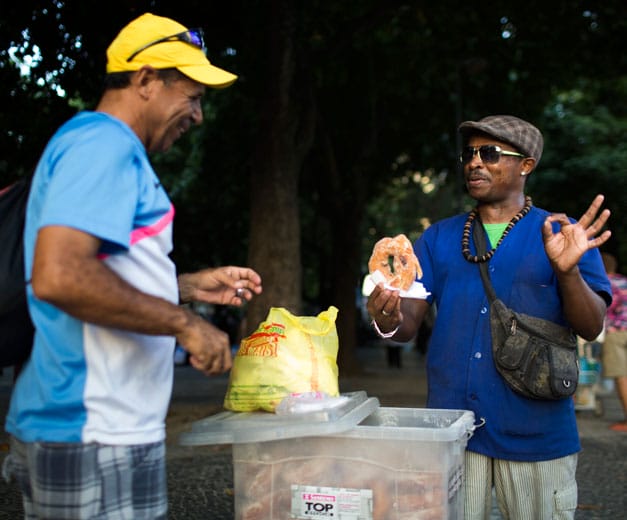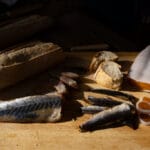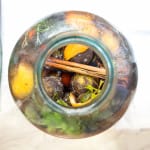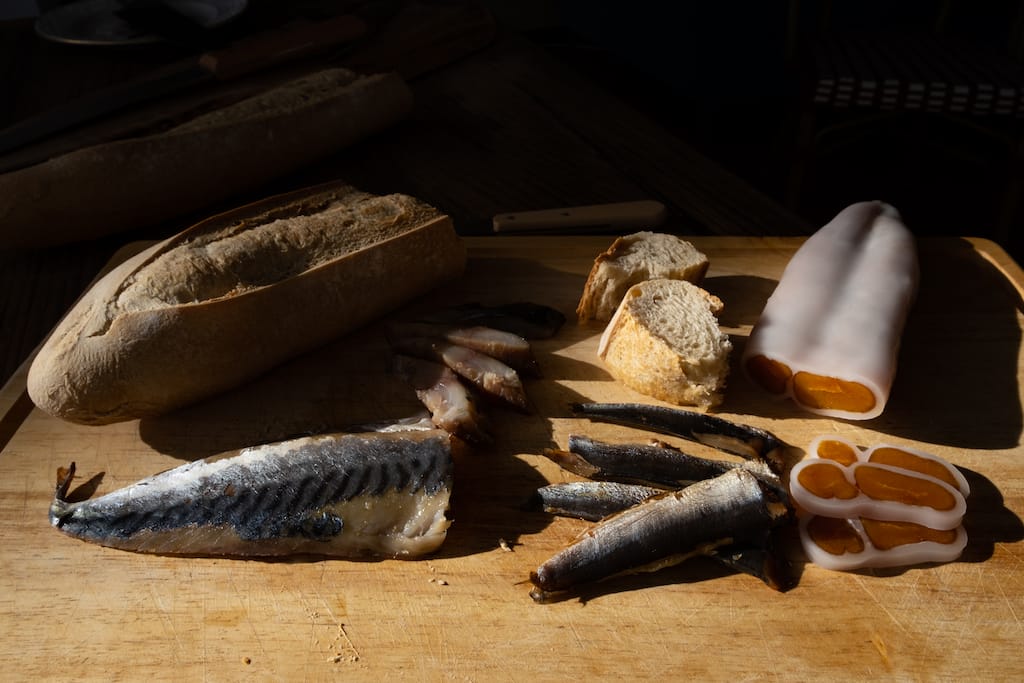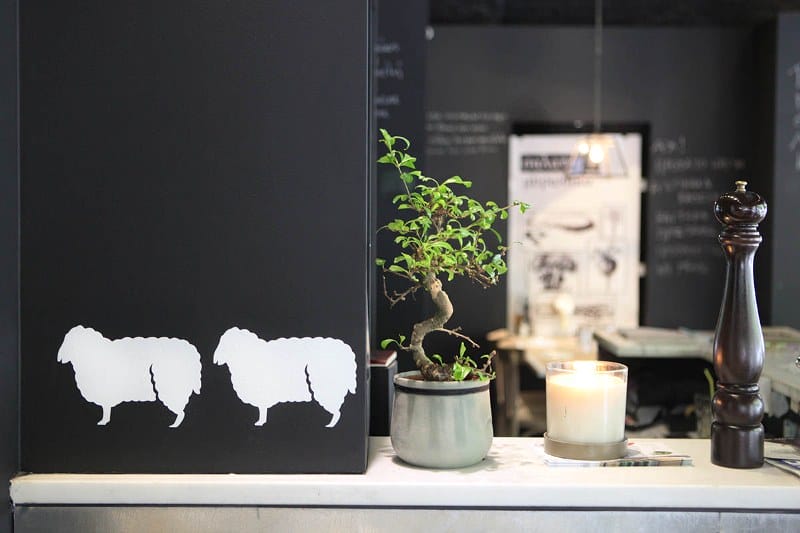Erisvaldo Correia dos Santos dreamed of being a star. He saw himself as a humorist, a singer maybe, and most certainly an artist. But the scrabbling northeastern immigrant came in 2005 to Rio, the Brazilian city of dreams, with just 20 reais – about $9 – in his pocket and a family to feed.
“When I came here, I was hard as a coconut,” dos Santos says, meaning he was hard-up for cash.
Nothing a little self-deprecation and naughty jokes couldn’t make up for. Food and guilty pleasure have a long, intertwined history, going all the way back to Adam and Eve. In that vein, snickering Brazilians have long appropriated the verb comer (“to eat”) to mean a more carnal type of consumption. Rosca, the word for “screw,” has been turned into something even more blush-worthy, referring to other, fleshier things that can be screwed and is also used to refer to a nicely round doughnut.
In particular, rosca has come to be used to describe a “screwable” lower part of the body (think doughnut hole and extrapolate from there). Capitalizing on Brazilians’ fondness for roscas (the edible kind) and big bottoms – the behind is to Brazilian men what breasts are to their American counterparts, with dirty magazines here often showing pictures of ample naked women from behind and one of the country’s celebrities a woman who calls herself “Mulher Melancia” (watermelon woman) in reference to her juicy tush – dos Santos found a gastronomical gimmick cariocas are both delighted and a little nervous to comer.
“One, two, three, four! Do what’s cool and thrust your rosca up high!” dos Santos belts out to announce his arrival to the streets of Catete and Largo do Machado each day of the week. The short, 40-something performer then swivels his hips as he balances a cooler-size plastic case of steaming, cakey doughnuts on top of his head.
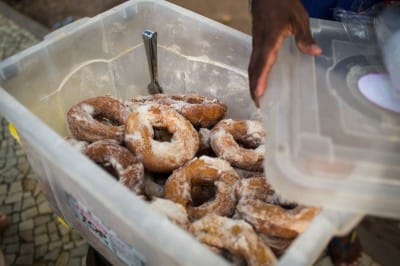 Flashing smiles that blur the line between cool and creepy, dos Santos carries his routine for blocks, from Rua Pedro Américo down to the Largo do Machado plaza.
Flashing smiles that blur the line between cool and creepy, dos Santos carries his routine for blocks, from Rua Pedro Américo down to the Largo do Machado plaza.
“Come look at my rosca, it’s wide and sweet!”
“All ages can eat my rosca.”
“Senhora, you’ve been eating my rosca every day!”
“Come and get it now, my rosca is on fire.”
“Hi lady, do you want to eat my rosca today?” A passerby giggles. “Not today!”
“My rosca used to be 50 cents. Now it’s three reais. But it’s wider.”
“There are people who call me at dawn to eat my rosca.”
“She’s eating my rosca in the middle of the street!”
Dos Santos’s doughnut is cakey and soft but not glazed; he advertises it as sequinho (very dry). He tops it with a generous helping of cinnamon and sugar and returns home after a 10 a.m.-to-2 p.m. shift for a lunch break, after which he cooks up more hot roscas for the afternoon. In winter, when cariocas want a warm treat, he sells 400 roscas a day to the doormen, newspaper stand owners and dedicated fans who follow him down the neighborhood’s streets.
He’s often asked if he’s gay, and dos Santos will laugh it off and say he has a kid. “Even my son asks: Is my dad gay?”
As a female client makes a joke to dos Santos so crude that we will not spoil appetites by repeating it here, he turns to us, visibly alarmed, and says the joke has gone too far. “For me, this is just work!”
Published on November 06, 2013
Related stories
January 24, 2024
MarseilleFrom the mid-1800s to World War I, Marseille played a prominent role in France’s industrial revolution. Semolina mills, pasta manufacturers, soap factories, and oil and sugar refineries churned out goods to be loaded on giant ships at the Vieux-Port and shipped across the globe. Most of these factories shuttered after World War II, leaving a…
October 17, 2012
AthensThere is something magical about the area where To Mavro Provato is located, near the rather mysterious Proskopon Square in Pagrati. The square itself, hidden behind Vasileos Konstantinou Avenue, is usually dark even in the daytime thanks to the tall shady trees that fill it. At night, amidst an almost green glow from the trees,…
December 8, 2015
Barcelona2015 has been a banner year for the herb-infused liqueur known as ratafia. In the little town of Santa Coloma de Farners, within the Catalan province of Girona, locals have been making this unique libation for centuries, with each family passing down their own version of the drink from one generation to the next. In…







































